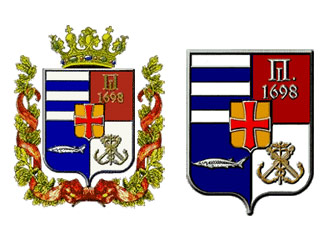
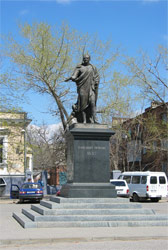
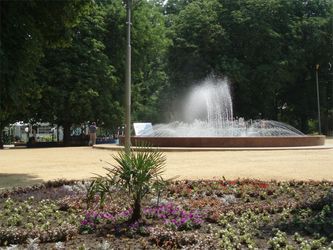
Taganrog is the second largest city of Rostov region; it is a large historical, cultural, and economic center of Southern Russia, and an international port. Taganrog is located in the south-east of Mius peninsula, on the beach of the bay of Taganrog, which is a part of the Sea of Azov. Taganrog is 60 km away from Rostov-on-Don; there are 282.3 thousand inhabitants comprising more than 90 ethnic groups.
The foundation of Taganrog is connected with the struggle of Russian empire for safety of its southern borders, and for gaining access to the Sea of Azov and Black sea. Taganrog was founded in 1698 by the decree of the emperor Peter I, who wished to build a harbor for military ships and a fort on the cape of Taganiy Rog. The full original name of the fort was "Troitskaya Krepost na Mysu Tagan-Rog" (Trinity Fort on the Cape of Tagan-Rog). The harbor became a pride of Russian town planning.
Due to the loss in Russo-Turkish War (1710–1711) Peter I had to sign the Treaty of the Pruth, which stipulated to return Azov to the Ottoman Empire; Taganrog and several Russian fortresses were to be demolished. In the reign of Catherine II in 1769 Taganrog is occupied by Russian army again and it is restored as a state fort. In 1784 the fort of Taganrog is abolished and by the 1790s it becomes one of the most prosperous cities of Russian Empire. In 1808 Alexander I ratified Taganrog coat of arms.

|

|

|
XIX century is the era of economic boom and architectural development. From the end of XIX to the beginning of XX century Taganrog is a trade and industrial center of agricultural and mining areas around the Sea of Azov. Within the XX century the town was developing as a large industrial center of Russia. The following industries are presented there: iron industry, steam-boiler engineering, automobile manufacture, metalworking operation, aircraft engineering, electronics, press construction, etc.
Taganrog is one of the biggest scientific centers of Southern Russia. There are an institute of technology, an educational college, a college of management; as well as a number of branches of Russian higher educational institutions and research institutes in Taganrog. Among the general research areas there are radio engineering, communications, aircraft engineering, electronics, computer engineering, sonar engineering, etc. High level of science and industry and qualified people make it possible to integrate the city into the world economical system.
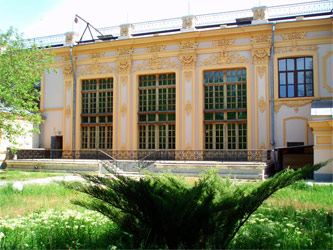
|
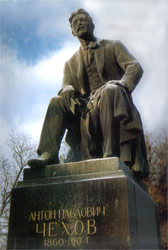
|
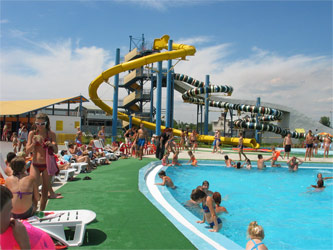
|
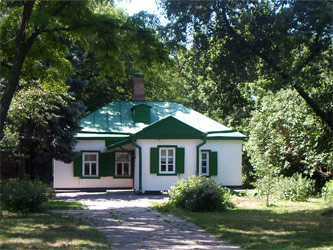
|
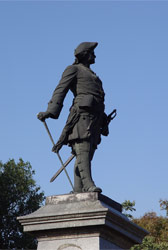
|
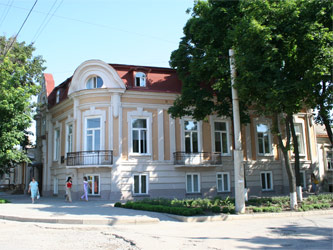
|
The year 2010 marks the 150th anniversary of the world-famous playwright and short-story writer Anton Pavlovich Chekhov, who was born in Taganrog and lived there for nineteen years. These years influenced Chekhov's creative work, and were rendered in his stories, for instance "Vanka", "Sleepy", "Gimp", "The Bishop", "The Father of a Family", "The Teacher of Literature", "The Man in a Case", etc. In 1879 A.P. Chekhov moved to Moscow and entered medical department of Moscow University. Throughout his entire life Chekhov did not lose touch with his home town, he visited it several times, took part in its social and cultural life. Taganrogers keep the heritage of their famous compatriot carefully. There are several museums devoted to the early life of Anton Chekhov, the memorial theatre, the houses of prototypes of his characters, and the monument by the sculptor I. M. Rukavishnikov.